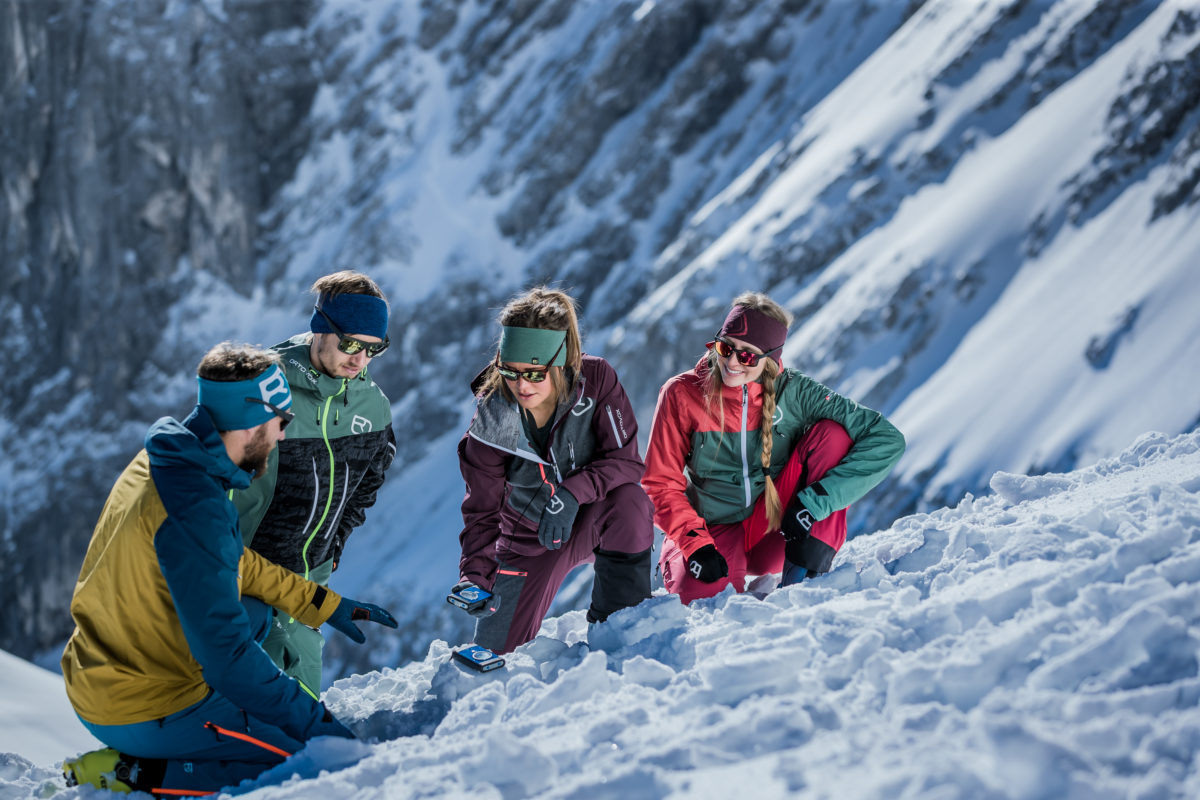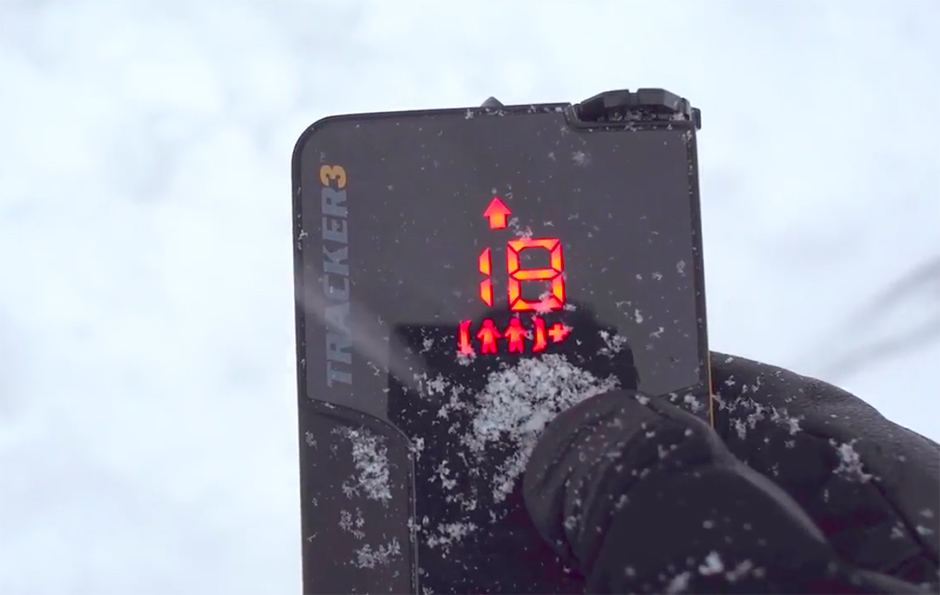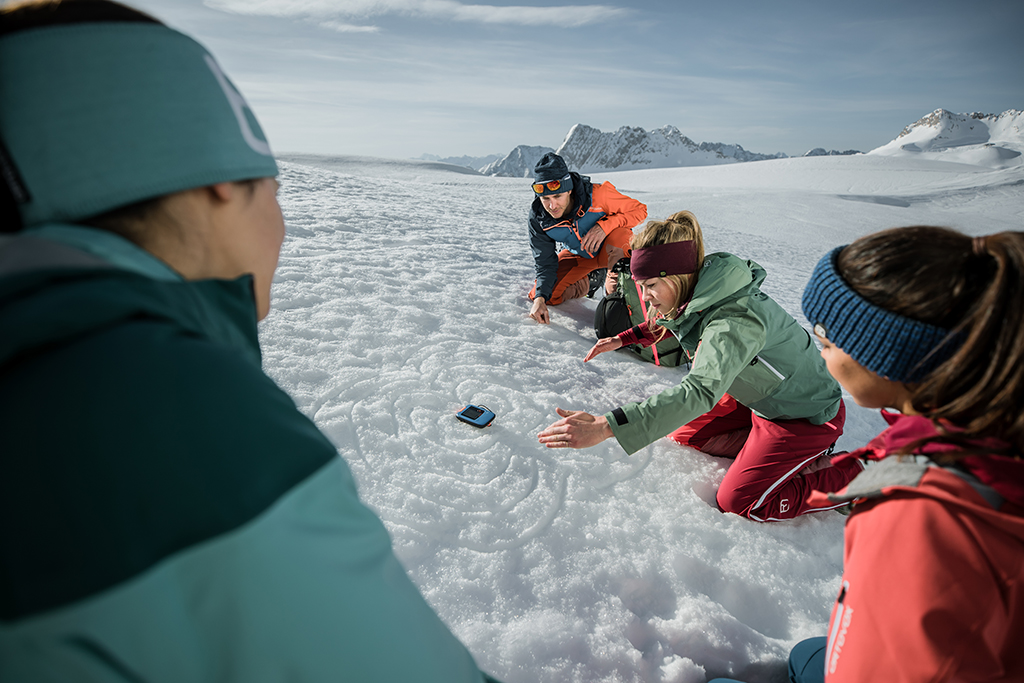Photo by ORTOVOX
The Avalanche Beacon (transceiver) is a must-have item that is said to be the most important item for going out in the backcountry. There are a wide variety of models, from multi-functional high-performance models used by guides to models that are easy for general skiers to handle. What should we focus on when choosing?
Role of avalanche beacons
An avalanche beacon is a device necessary to identify the position of a person caught in an avalanche and buried. Survival in an avalanche drops sharply from 92% within 15 minutes to 26% after 45 minutes. Beacons capture burial points for quick discovery and excavation within 15 minutes.

How beacons work
When the searcher switches to reception mode, radio waves are transmitted at intervals of about 1 second.
Normally, it is set to transmit mode, which transmits radio signals, and when an avalanche occurs, the searcher switches to receive mode. In transmission mode, it emits a weak radio wave of 457 kHz, and in reception mode, it identifies the position of the avalanche beacon that is transmitting radio waves (indicates the distance and direction). Receive mode is for finding buried subjects, and transmit mode is for being found. Although there are differences in performance depending on the manufacturer, there is compatibility, and the transmission and reception functions work even between beacons made by different manufacturers. The position is located by picking up the signal emitted by the buried subject's beacon.
There are three types of beacons: analog type, digital type, and digital/analog switching type.
An analog type has one built-in antenna, and a digital type has one to four built-in antennas. The more antennas, the higher the search accuracy. Analog signals have higher reception sensitivity and can receive over a wider range, but they require skill in handling. In that sense, the analog/digital switching system is the best of both worlds, receiving analog signals while the distance to the burial point is far, and digitally searching when it is close.

Watch a video on how to use beacons
These are AvSAR (Japan Avalanche Search and Rescue Association). You can understand how to handle beacons and how actual searches using beacons are done.
How to choose
For BC beginners, we recommend the digital type or the analog antenna and digital switching type. It is easy to handle because there are about 3 antennas as standard. If the receiving band is 50m, it will be OK.
First of all, it is difficult for beginners if the equipment itself requires complicated operations.
・Simple operation
Can be operated quickly even with gloves on
・Large LCD screen, easy to see display
・Easy to hold
・Battery lasts for a long time
・Light weight There are various price ranges from 20,000 yen to 60,000 yen, from those with low prices to those used by guides and patrols. There are also differences in characteristics, such as those that excel in searching for a single buried subject, and those that demonstrate their performance in searching for multiple buried subjects.
Beacons require repeated training to actually use them properly on snow. If you are going to try BC from now on, it is a good idea to first join the BC Guided Tour and try it out on a rental basis.

